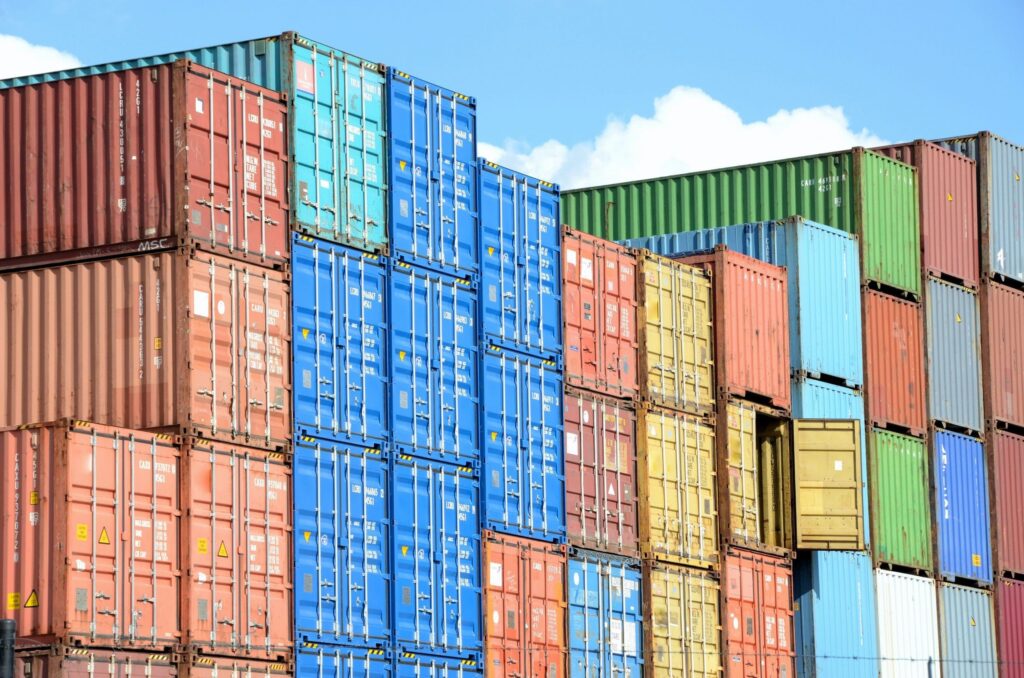The journey of wood pulp from the forest to international ports is a complex, multifaceted process that involves numerous stages, each contributing to the ultimate goal of delivering a vital raw material for paper and other products. Wood pulp, derived from wood fibers, is essential for industries ranging from printing and packaging to textiles and hygiene products. The supply chain, however, is fraught with challenges that can affect both the efficiency and sustainability of wood pulp shipping. The process begins in the forests, where trees are harvested sustainably to minimize environmental impact. Sustainable forestry practices are crucial, as they ensure that the ecosystems remain intact while meeting the global demand for wood pulp. Companies often adhere to certification standards, such as those set by the Forest Stewardship Council FSC or the Programmed for the Endorsement of Forest Certification PEFC. These certifications help guarantee that the wood is sourced responsibly, which is increasingly important to environmentally conscious consumers and corporations alike.

Once the trees are harvested, they are transported to pulp mills, often located near ports for efficient shipping. The logistics of moving raw materials from remote forest locations to processing facilities is challenging. It involves planning transportation routes, managing supply chain delays, and addressing infrastructural issues in rural areas. Once at the mill, the wood undergoes various treatments to separate the Container shipping for forest products fibers from the lignin and other components. This process can be water-intensive and energy-consuming, raising concerns about the environmental footprint of pulp production. After processing, the wood pulp is baled and prepared for shipment. This is where the complexities of global shipping come into play. Pulp must be transported in bulk, often using large container ships that can carry significant volumes. However, shipping logistics involve navigating international regulations, fluctuating freight costs, and geopolitical factors that can affect shipping routes. Additionally, shipping wood pulp must comply with international phytosanitary standards to prevent the spread of pests and diseases, adding another layer of complexity.
Ports play a crucial role in the global wood pulp trade. Facilities must be equipped to handle the unique characteristics of wood pulp, including its storage requirements and the need for specialized handling equipment. Delays at ports can disrupt supply chains, impacting production schedules for companies relying on timely deliveries. Moreover, the rise of sustainability initiatives in the shipping industry is pushing companies to adopt greener practices. This includes optimizing shipping routes, using fuel-efficient vessels, and exploring alternative energy sources. As the world moves toward a more sustainable future, the complexities of wood pulp shipping will continue to evolve, balancing economic demands with environmental responsibility.